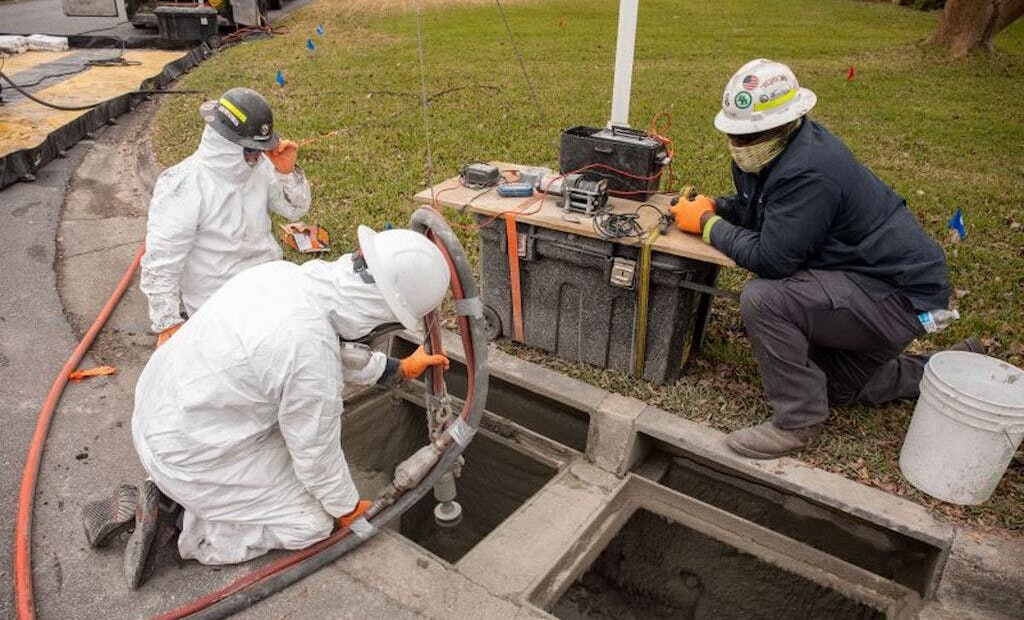Interested in Safety?
Get Safety articles, news and videos right in your inbox! Sign up now.
Safety + Get AlertsThere are some key indicators in determining a workplace’s safety standing, and there are also some important warning signs that your workplace isn’t so safe even if those other areas are showing good signs of compliance.
Your organization can review many policies and procedures to determine the effectiveness of your overall safety culture. From workers compensation costs to OSHA recordable injuries, days away from work due to injury, safety inspection results and corrective actions taken, evaluating these metrics can help bring your overall safety picture into focus.
Employee behavior and attitudes towards safety can also be very revealing. There could be some clear warning signs that your safety culture isn’t what you think it is. The following are just a few examples of warning signs that your safety program may need a closer review.
Warning Signs
- Safety inspections are not taken seriously if they are done at all. Is there any accountability involved in conducting safety inspections? Who is conducting the inspections? Are they pencil-whipping them? Also, are corrections assigned and once completed reported up the chain of command?
- Are supervisors looking the other way when it comes to employees working safely? Do they regularly ignore safety regulations and policies to get the job done? If they are not setting the example and enforcing safety, it is just a matter of time before a major injury happens.
- If the “smaller” safety rules are not being followed, then what about the more critical safety rules? Once certain rules become unimportant it is only a matter of time before the more serious regulations become unimportant too.
- How is the housekeeping? Areas that are cluttered, dirty and are always in disrepair or out of order are sure signs that safety is not important. If your workplace is constantly a housekeeping nightmare, then you truly do not have a safe workplace.
- Employees fear speaking up when there is a hazard. Too often employees are shushed when it comes to speaking up about a hazard. The cost and time incurred on repairs and corrections can be high, but how much higher are the costs with a major injury? Employee should feel empowered to speak up, and if they are not, the workplace is not as safe as you might think.
- Complacency with safety can lead to safety issues. When employees are used to doing things a certain way day in day out and have not been injured it can lead to complacency despite the hazards that they are working around.
- Personal protective equipment is seen as optional. Employees picking and choosing when they wear the necessary PPE for the hazards they’re facing clearly shows a lax attitude toward safety on the part of the employees and the supervisor who should be enforcing the use of necessary safety equipment. Also, what’s the condition of the PPE? Are there inspections with regards to proper PPE and its condition?
- Is adequate safety training taking place? In our industry there are some dangerous job responsibilities and if employees are not prepared to deal with hazards through proper training, it can lead to a real problem. It’s also an OSHA violation not to train employees when it comes to dangerous work and hazards encountered at the workplace.
The attitudes and behaviors of employees and supervisors are often key indicators of your level of workplace safety. This can even involve management. A strong safety culture can only be achieved when there is complete buy-in from all employees, top to bottom. If your workplace has any of these warning signs, it’s time to address them before they become major problems.






